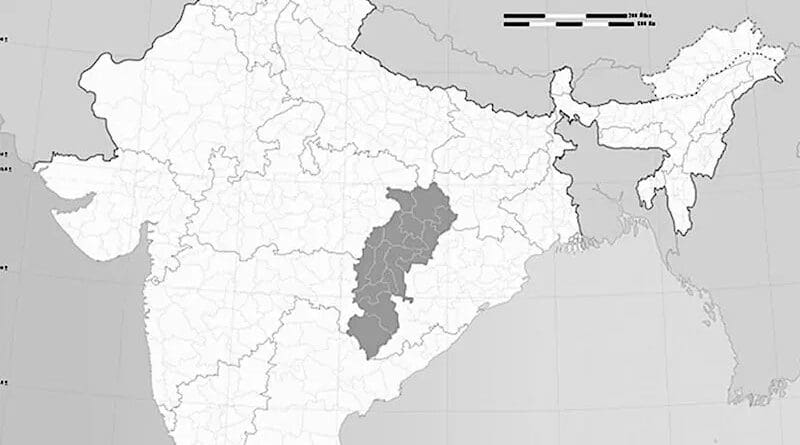India: Catholics Oppose Sterilization Policy In Chhattisgarh
By UCA News
By Saji Thomas
Church leaders in the central Indian state of Chhattisgarh have criticized new guidelines on providing sterilization services to traditional tribal groups and are lobbying the authorities to reconsider it.
“The new regulations appear to be disastrous” for impoverished tribal groups, said Father Sebastian Poomattam, spokesperson for Catholic bishops in Chhattisgarh, homeland of several tribal groups.
“For these groups who already face a serious threat to their existence, this new law might further threaten their survival,” he told ucanews.com June 11.
The ruling pro-Hindu Bharatiya Janata Party (BJP) relaxed a 1979 state law May 26 making access to public provisions for sterilization easier among five traditional tribes in the state.
The law was passed almost four decades ago at a time when the federal government used forced sterilizations to control the population. It restricted sterilization among tribal people whose poverty and ill health resulted in low birth rates.
Father Poomattam said the regulation was important to ensure tribal mothers could only access the service once a leading government official had certified it as a case of emergency.
The recent amendment has relaxed those rules. A government officer may certify the sterilization if the tribal mother simply acknowledged they understood the consequences.
R. Prasanna, the state health services director, justified the government’s decision saying it follows a request from tribal people who were concerned about the health of pregnant mothers.
A recommendation by the federal planning commission said impeding sterilization options to these tribal people was not justified.
Commenting on the impact of the ruling on the size of tribal populations, Prasanna said it “depends on them.” The government is not “forcing sterilization” on tribal people. They can only gain access to the service at their request and once they have understood its effects, he told ucanews.com.
However, Father Poomattam said that if the government were serious about improving the health of mothers and the social situation of tribal people they would provide better health care facilities and amenities.
Father Poomattam said the bishops in the state are calling on the government to revise the amendments that has made sterilization easier among the poverty-stricken tribal people.
Arun Pannalal, president of the Chhattisgarh Christian Forum, said the government should provide the tribal people better health care and educate them to improve their living conditions. Through sterilization, however, “anybody can exploit the new policy to eliminate them gradually,” he said.
The ruling BJP is considered the political arm of groups that want to establish Hindu hegemony in India.
Pannalal and other Christian leaders have accused the BJP for promoting polices that endanger the interests of the disenfranchised, including Dalits, tribal people and non-Hindus.
Father Thomas Kollikolavil, who previously worked as a director of social work for the Jagdalpur Diocese in the state, said tribal people mostly live in interior forest villages, cut off from the mainstream and require special considerations.
“No one can expect them to be aware of the implications of sterilization,” the priest said.
A 2008 report of the Chhattisgarh State Tribal Research Institute said that the state is home to five endangered tribes — Abujhmaria, Baiga, Birhor, Pahari Korwa and Kamar, that together have fewer than 150,000 people, some with fewer than 3,000 people.
Chhattisgarh is India’s most densely Hindu state with 98.3 percent of its 23 million people being Hindu. Muslims account for 1 percent; Christians, mostly tribal people, account for 0.7 percent.

